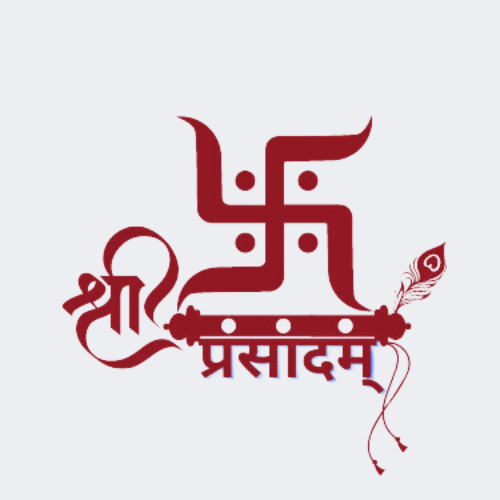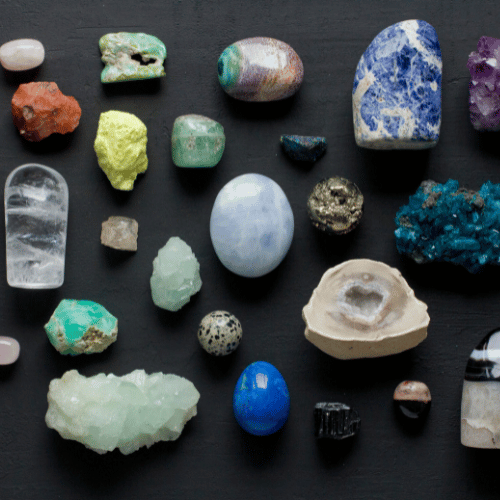Dussehra, also known as Vijayadashami, is one of the most celebrated festivals in India, which symbolizes the victory of good over evil.
Every year, millions of people come together to celebrate Lord Rama's victory over the demon king Ravana, and the significance of this festival is deeply rooted in Indian mythology and cultural traditions.
Therefore, the reason why we celebrate Dussehra is its spiritual, historical and cultural significance.
Mythological Background: Why We Celebrate Dussehra Festival
The main reason why we celebrate Dussehra festival is Ramayana, one of the great Indian epics. According to Ramayana, the ten-headed demon king Ravana of Lanka kidnapped Lord Rama's wife Sita.
To rescue her, Rama fought a fierce battle with the help of his brother Lakshmana, the mighty Hanuman, and a devoted army of monkeys.
The war between Rama and Ravana lasted for ten days, with the final confrontation taking place on the tenth day, which we now celebrate as Dussehra.
On this day, Lord Rama shot an arrow into Ravana's navel, the source of his power, and defeated the demon king. This victory symbolizes the defeat of evil forces and the restoration of Dharma.
This legend is an important part of why we celebrate Dussehra festival, as it depicts the eternal battle between good and evil, reminding us that truth and virtue ultimately triumph.
Why we celebrate Dussehra after Navratri
Another important aspect of Dussehra is its timing- why we celebrate Dussehra after Navratri is linked to another tradition. Navratri is a nine-day festival dedicated to the worship of Goddess Durga.
Each day is marked by prayers, fasting and cultural events in honor of the divine feminine power. According to another legend, on the tenth day after Navratri, Dussehra, Goddess Durga conquered the demon Mahishasura, which symbolizes the victory of good over evil.
Therefore, why we celebrate Dussehra after Navratri has a spiritual connection to the victory of Goddess Durga. The culmination of these nine days of devotion, power and feminine strength leads to the grand celebration of Dussehra, when the divine victory is celebrated.
Dussehra Rituals and Traditions
The way Dussehra is celebrated across India varies, but the basic message remains the same–the victory of good over evil. Here are someof the major traditions that help explain why we celebrate Dussehra festivities:
Effigy Burning: In many parts of India, effigies of Ravana, Meghnath (his son) and Kumbhakaran (his brother) are burned to symbolize the destruction of evil. This is one of the most iconic scenes of Dussehra celebrations.
Ramlila Performances: In North India, the life of Lord Rama is enacted through dramatic plays called “Ramlila”. These performances last for several days, culminating with the burning of Ravana’s effigy on Dussehra.
Arms Worship (AyudhaPuja): In the southern states, weapons, tools and vehicles are worshipped on this day. This ritual is derived from the belief that weapons, as symbols of strength and protection, are integral to the victory of the forces of good.
Durga Pratima Visarjan: In eastern India, especially in Bengal, Dussehra is celebrated as the day when idols of Goddess Durga worshipped during Navratri are immersed in water. This marks the departure of the Goddess after her sojourn on earth.
Why Dussehra is celebrated across the country
While the legend of Lord Rama is the main reason behind celebrating Dussehra, it is important to note that the festival has a pan-India presence and variations.
In Maharashtra, Gujarat and Karnataka, the festival is celebrated with traditional dances like Garba and Dandiya during Navratri, which culminates with Dussehra. In Bengal, Dussehra is the last day of Durga Puja.
Why we celebrate Dussehra festival has both regional and all-India significance, with each region adding its unique touch to this grand celebration.
The Eternal Message of Dussehra
In today’s fast-paced world, the story behind why we celebrate Dussehra is very important. This festival reminds us of the importance of virtue, courage, and righteousness. It teaches us that no matter how powerful evil is, truth and justice always triumph.
Also, why we celebrate Dussehra after Navratri gives a message of renewal and hope. After nine days of devotion, the tenth day symbolizes a new beginning– where good has triumphed and where light has overcome darkness.
Conclusion
Understanding why we celebrate Dussehra gives insight into the profound cultural and spiritual value of the festival.
Dussehra is not just a celebration of mythological events; it is a reflection of the ongoing battle between good and evil in our lives. Whether it is through the burning of the effigy of Ravana, the worship of Durga, or other regional customs, Dussehra reminds us of the eternal hope that good will always triumph.
By understanding why we celebrate Dussehra, we understand the deep connection between mythology, culture and everyday life. And with the added significance of why we celebrate Dussehra after Navratri, this festival serves as a perfect finale to the spiritual journey that Navratri offers, leading us to victory, joy and celebration.




















